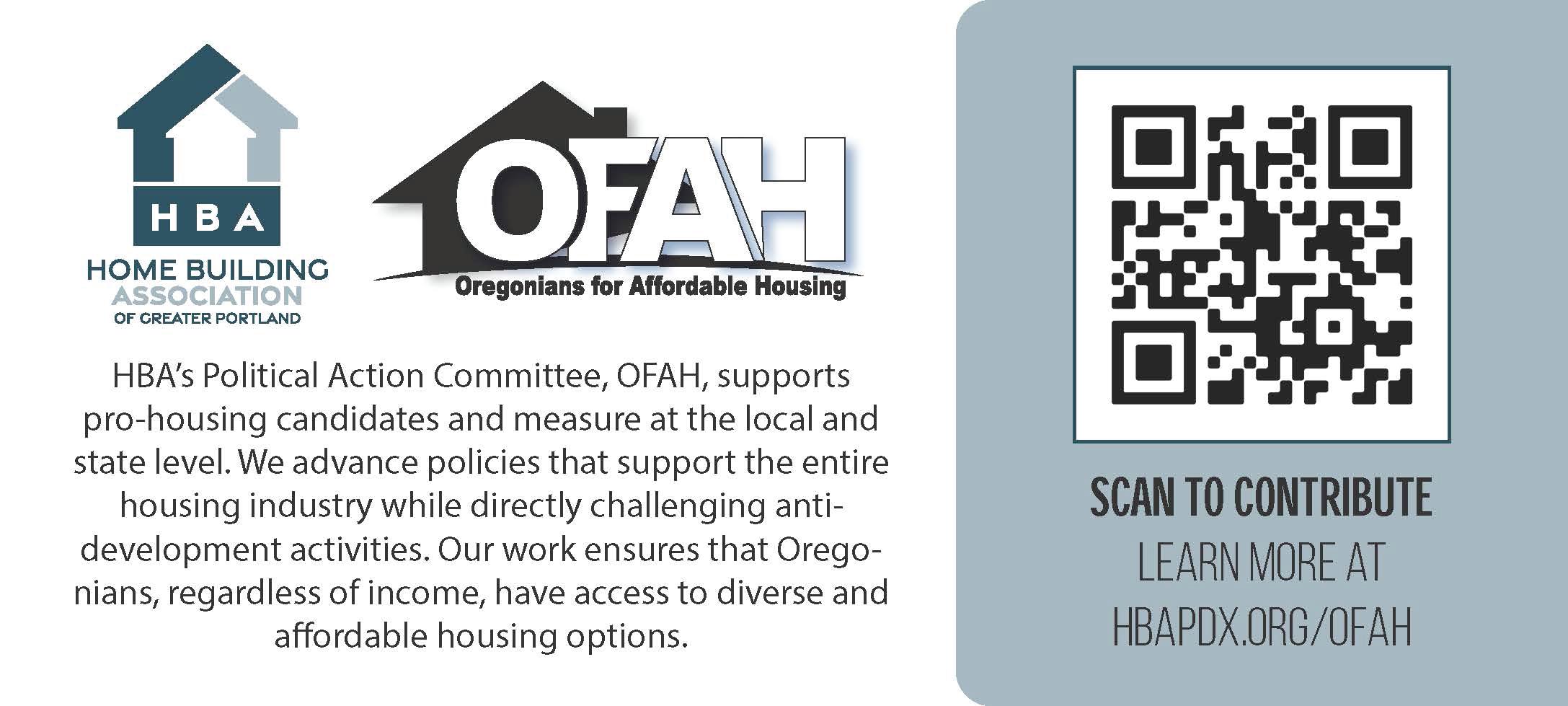
2 minute read
economic update
Quarterly Economic Review and Outlook
BY: METRO
Advertisement
Mortgage interest rate
The cost of borrowing has creeped up this year, making home purchases less affordable. Daily mortgage rates briefly flirted above the 7% mark in early-July only to see rates drift lower and to settle into a narrow band around 6.9% for the 30-year fixed rate mortgage. Rates were about 3% 12 months ago.
Bottom line: If the central bank does what it has been hinting at for many weeks, lenders are likely to feel pressure to bump up mortgage rates to reflect the tighter monetary conditions imposed by the FED.
US Employment outlook
Labor market conditions remained tight. Employers in the manufacturing sector were still hiring despite order books and backlogs getting trimmed. The service sector was strong and continued adding to payrolls. The unemployment rate edged up one-tenth of a percent in June from the end of the first quarter due to slowness in manufacturing. The unemployment rate stood at 3.6% as of June, still a very low rate. Payroll employment continued with its resiliency and rose 2.5% y/y, adding 209,000 new hires in June alone.
Bottom line: The labor market continues proving to be more resilient than anyone had expected. However, higher unemployment is still expected but the increase will be gradual. Strength in the labor market is making the FED’s job to stabilize prices a more difficult challenge.
Housing and Construction
Prospective home buyers did not see as much relief from lower home prices as affordability concerns driven by higher mortgage interest rates had erased any cost-savings buyers might have received. Inventories were extraordinarily narrow because many existing homeowners refused to trade up while current mortgage rates were at times twice the rate of existing mortgages. The result has been that home prices began surging again over the last 3 months and likely even higher than the official estimates given the lag in real-time data reporting. The NAHB housing market index (HMI) revealed homebuilder confidence was more upbeat, the index rose for the 7th straight time in July.
Bottom line: Home prices are again rising because inventory levels are thin, and production of new homes haven’t been able to keep pace with current levels of demand. Rents haven’t fallen off as sharply either as prospective home buyers have had to stay in place in apartments longer than expected.
Regional economic trends
The labor market is as tight in this region as anywhere else in the nation. The unemployment rate is as low as the US if not lower in recent months. Most regional industries are continuing to add to their payrolls; in particular, employment additions have been strongest in construction and service sectors, which were slower to recover since re-opening the economy from the pandemic.
Bottom line: The regional economy is mostly following the lead set by national trends.
Forecast risk
Our macroeconomic forecast advisor has shifted its view from calling for a contraction in the US to merely projecting growth to slow substantially below trend, removing a recessionary dip in their baseline forecast. GDP growth is expected to ease but stay positive. Labor markets continue to show resiliency, with a gradual increase to unemployment. The FED is assumed to stay aggressive and inflation to linger longer than prior expectations.
Bottom line: Recent economic data and forecast information offer more hope that reducing inflation down to the FED’s target rate will not require a mild contraction nor a recession.








